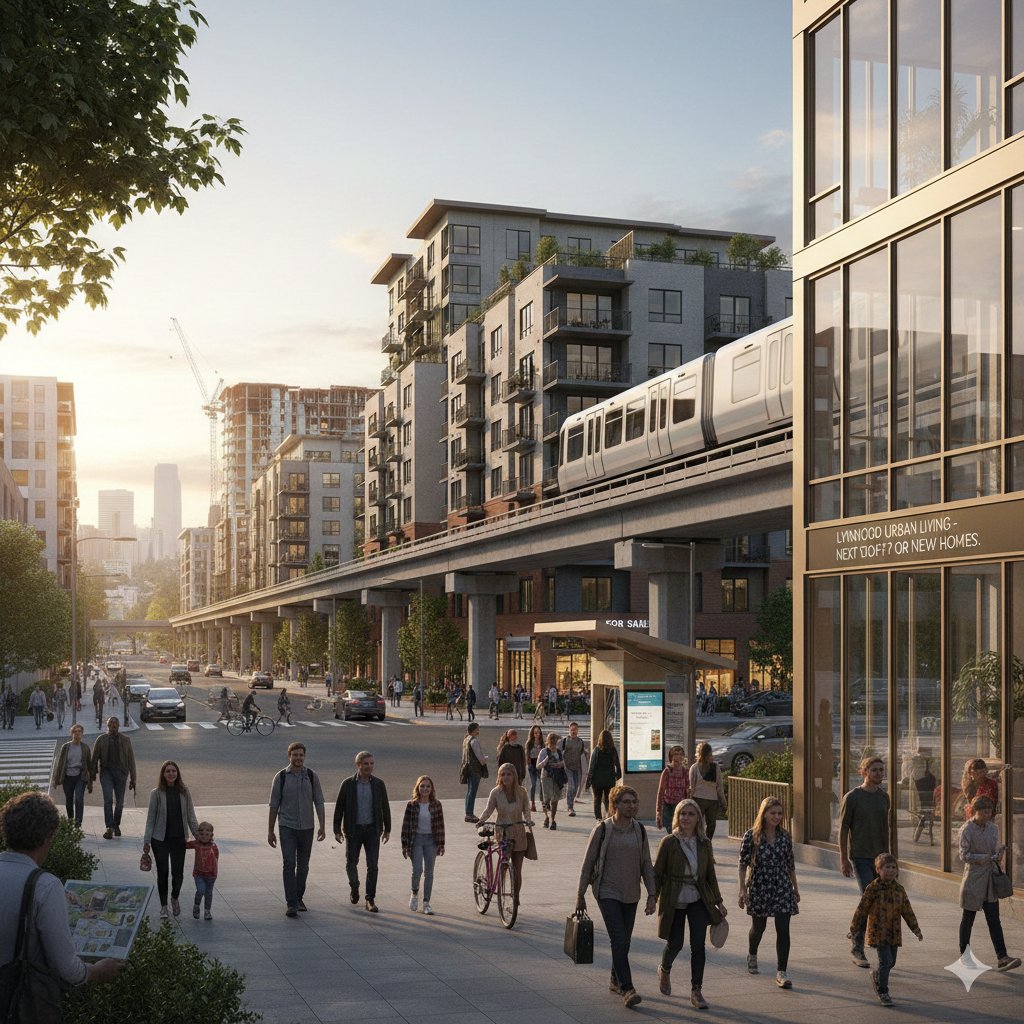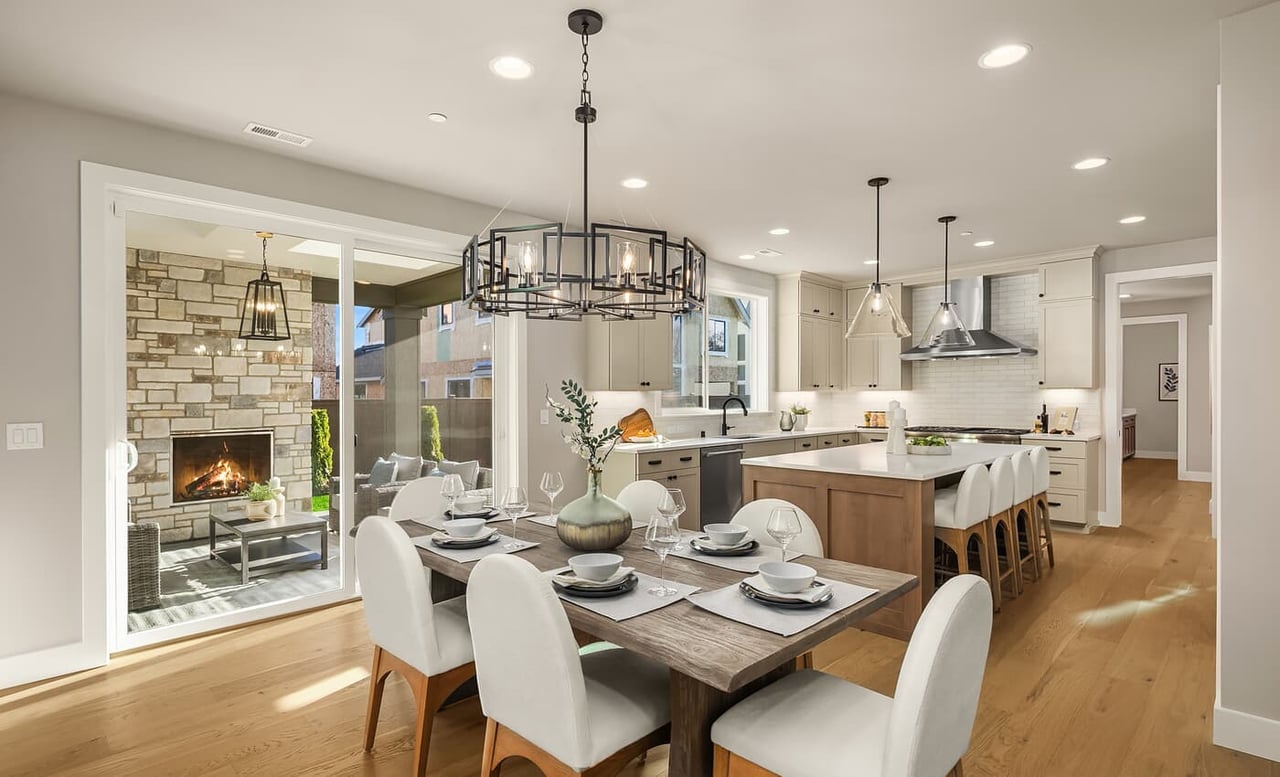
Test-Drive Your Future Neighborhood: 7 Smart Moves
Blog Kristi Jenkins August 4, 2025

Blog Kristi Jenkins August 4, 2025
Start your search by partnering with a real estate agent who specializes in the neighborhood you're eyeing. A local agent brings more than just listings to the table—they know the story behind the streets. From pricing trends and school districts to commute times and community culture, they offer context that online research simply can’t match.
A well-connected agent can help you compare neighborhoods, flag potential red flags (like construction zones or limited parking), and even introduce you to local favorites that don’t show up on Google Maps. Most importantly, they’ll listen carefully to what you value—whether that’s walkability, quiet streets, or a vibrant downtown—and guide you toward the best fit.
Pro Tip: Ask your agent to take you on a "lifestyle tour"—not just a home tour. Visit neighborhood landmarks, coffee shops, schools, and parks together. Seeing how the area functions in real life, not just on paper, can be a game-changer in your decision-making.
Nothing beats getting the inside scoop from locals. Residents, shop owners, and service providers often provide the most candid and useful feedback about day-to-day life in a neighborhood.
Head to local coffee shops, parks, grocery stores, or restaurants and strike up casual conversations. Ask how long they've lived or worked there, what they enjoy most, and what they’d change if they could. These open-ended questions can reveal everything from how friendly the neighborhood is to how it has evolved over time.
Pro Tip: People love to share their stories especially about where they live. Try saying something like, “We’re thinking about moving here—what do you love most about this neighborhood?” It's disarming, honest, and a great way to spark conversation.
Exploring a neighborhood on foot is one of the most effective ways to get a feel for its character. Visit at various times—early morning, mid-afternoon, and after dark—to get a full picture of what everyday life is like.
As you walk, pay attention to:
Sidewalks and infrastructure: Are the streets clean and well-maintained?
Noise and traffic: Does rush hour cause gridlock?
General upkeep: Are homes and storefronts cared for?
Safety: Do you feel comfortable walking alone at night?
Pro Tip: Carry a small notebook or use your phone to jot down quick notes after each visit. First impressions fade fast, and small details can help you compare neighborhoods more objectively later on.
Dining out is more than a treat, it’s a way to tap into the local culture. Restaurants often reflect the neighborhood’s pace of life, values, and even its demographics.
Sit down at a neighborhood cafe or bistro, preferably with outdoor seating, and take it all in. Are people chatting with neighbors or glued to their phones? Are families dining together? Does it feel relaxed, upscale, eclectic, or kid-friendly?
Menu prices, crowd diversity, and even music choices can offer subtle clues about the community’s identity.
Pro Tip: Ask your server, “If I were new to this neighborhood, what’s one local spot I absolutely shouldn’t miss?” You’ll get insider recommendations and a sense of local pride or lack thereof.
Spend a few days living in the neighborhood like a local. Use Airbnb, Vrbo, or a short-term rental to experience weekday routines and weekend rhythms.
During your stay, take note of:
Evening noise levels
Parking and traffic patterns
Proximity to grocery stores, gyms, parks, and coffee shops
How well the area supports your lifestyle (remote work, dog walking, school drop-off, etc.)
Pro Tip: Try going about your regular schedule while staying there. Work remotely if possible, cook a meal at “home,” and take your usual morning walk. You’ll quickly notice if the area complements or complicates your daily routine.
Before making a move, simulate your real-life logistics. Drive or take public transportation to your usual destinations during peak hours. Can you see yourself doing that every day?
Run errands like picking up groceries, grabbing coffee, or filling up your gas tank. If basic tasks feel like a hassle, it could wear on you over time.
Pro Tip: Use a stopwatch and track how long errands and commutes actually take. A 10-minute drive might sound fine until it becomes 35 during rush hour. Timing it makes the reality crystal clear.
No neighborhood is perfect. But the right one will align with your lifestyle, values, and vision for the future.
Ask yourself:
Can I see myself living here even on a stressful Tuesday?
Does this place support the kind of life I want to build?
Will I feel comfortable, connected, and “at home” here—even on the not-so-great days?
If the answers are yes, you're on the right track—even if the area isn't flawless.
Pro Tip: Instead of creating a rigid checklist, try making a “Top 3 Must-Haves” list and a “Nice to Have” list. Prioritizing what matters most helps you focus on what truly makes a neighborhood feel like home.
A house is only part of the equation. Where you live shapes how you live. That’s why test-driving a neighborhood before you buy is one of the smartest decisions you can make.
Take your time. Walk the blocks, talk to the locals, eat at the restaurants, observe the routines. When a neighborhood fits your rhythm and reflects your values, it stops being just a location—and starts feeling like home.

Blog

Blog

Blog

Blog

Blog

Blog

Blog

Newsletter

Blog
With a 20-year total of more than $100M in sales, her experience shines through. Whether she’s working with first-time home buyers or seasoned investors in a complex deal, Kristi walks through each stage of the home sale and makes sure you feel supported and understood.